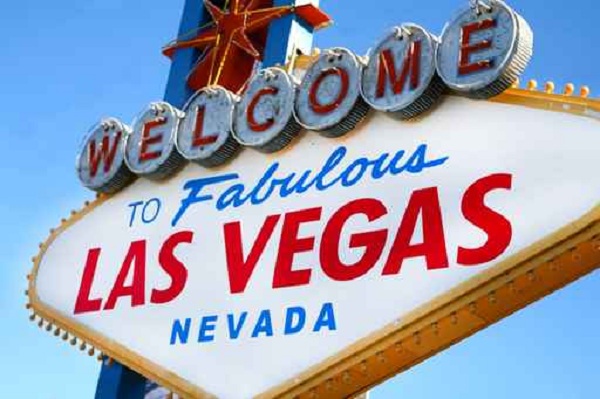CES 2015: Tablets down, but drones are up
The Consumer Electronics Show in Las Vegas is buzzing with drones and connected devices – but tablets are left in the shadows

Inside the enterprise: If the weather is not incentive enough to escape from Britain in January, then the prospect of several football fields' worth of sparkling technology is.
Each year, the consumer technology industry is out in force in Las Vegas, for CES. Originally a showcase for manufacturers of consumer goods, CES is increasingly on the radar of enterprises too, not least because of the consumerisation of IT.
Themes at this year's show underscore this point: wearable devices, connected technology, and automation in healthcare and for cars.
A few years ago, the main CEO keynote speaker was Microsoft's CEO; now it is the boss of Ford. This year Samsung was there talking about the Internet of Things as well as televisions; Martha Stewart Living, better known for glossy home styling magazines, showed table accessories made using 3D printers.
Manufacturers demonstrated 4K TVs, larger (but, of course thinner) than ever before. And drones little remote control helicopters, often fitted out with cameras, were everywhere.
It's not even necessary to travel to Vegas these days to soak up the atmosphere, as so many exhibitors have created videos to showcase their wares to those who can't make the trip in person. This is probably just as well, as few CIOs, or even business technology writers, can justify the expense and time out of the office during CES week.
CIOs who have made the journey out to Las Vegas, though, say that CES is more about fine-tuning their antennae to emerging technologies, than viewing ready-to-use enterprise solutions.
Sign up today and you will receive a free copy of our Future Focus 2025 report - the leading guidance on AI, cybersecurity and other IT challenges as per 700+ senior executives
Quite often seemingly speculative consumer geegaws go on to be the foundations of technology that does find a role in the workplace.
Take the Internet of Things, as one example. Although vendors have been talking about and talking up connected devices for years, it's only recently the technology has grabbed consumers' attention, with ideas including fridges that tell you when you need to buy milk, and the now almost ubiquitous "fitness" gadgets.
But both connected appliances and wearables have their potential business uses, from reducing the cost of running hotels to reducing waste in food supply chains, to better protection for lone workers or performance monitoring for sports professionals.
Delivery companies could well be among the early adopters of autonomous cars, and drones have already found plenty of business uses, in fields such as agriculture and nature conservation, as well as surveillance and news gathering.
The news for the electronics industry, though, is not all good. As wearables and mini-robots grow their sales, more traditional devices are losing ground. According to Gartner, the research firm, PC sales are set to fall again this coming year, to 259m units worldwide.
Even tablets, the shining light of electronics just a couple of years ago, are expected to see sales drop again this year. Gartner cites a lack of hardware innovation as one cause, but it's hard to escape the conclusion that, with sub-100 tablets on sale in grocery stores, the market is largely saturated.
That, then, is another reason for CIOs to pay attention to shows like CES: to gain a sense of the technologies that are hot and which, this year, are hidden behind the tumbleweed.
Stephen Pritchard is a contributing editor at IT Pro.
-
 How the UK public sector could benefit from strategic channel partnerships
How the UK public sector could benefit from strategic channel partnershipsIndustry Insights Is the channel the answer to the growing cost vs budget problem facing the public sector?
-
 Microsoft wants to replace C and C++ with Rust by 2030
Microsoft wants to replace C and C++ with Rust by 2030News Windows won’t be rewritten in Rust using AI, according to a senior Microsoft engineer, but the company still has bold plans for embracing the popular programming language